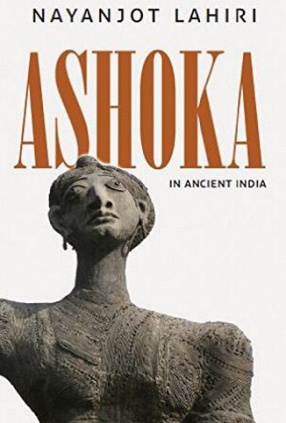This volume aims to provide a mix of perspectives on Indian archaeology since Independence. 1947 saw a redrawing of the political map, as a consequence of which a united India came to be partitioned into the two nation-states of India and Pakistan. The book begins by looking at the impact this had on monuments, on museum collections, and on the nature of archaeological research itself.
Moving on to examine the whole field of archaeology in India over the next seven decades or so, the book provides an overview and an analysis of archaeological investigations as also of methods and ideas used in collecting and processing data. Simultaneously, India’s conservation of its archaeological heritage is examined. Along with work done by government institutions like the Archaeological Survey of India and the various state departments of archaeology, Lahiri draws attention to individual and community practices that have helped preserve objects of antiquarian interest.
The survival and uses of the past, and the problems surrounding them, go beyond the specific questions concerning research and conservation. As this book shows, they concern questions of legislation, of protecting monuments and sites from developments arising from the impact of accelerated industrialization and mega projects, of tackling the antiquity trade protected by mafias of various kinds, and of following up the reports of the Comptroller and Auditor General (CAG) on various government-funded cultural institutions. They also concern India’s courts which have adjudicated on disputes relating both to monuments that are the “dead” past and to those sites and structures which are seen as integral elements of the living present.
Archaeology has added new dimensions to our understanding of India’s past. It is hoped that Lahiri’s perceptive scrutiny of Indian archaeology’s accomplishments and failures will help spread awareness and prompt action for more effective study and protection of the country’s irreplaceable material heritage.








There are no reviews yet.